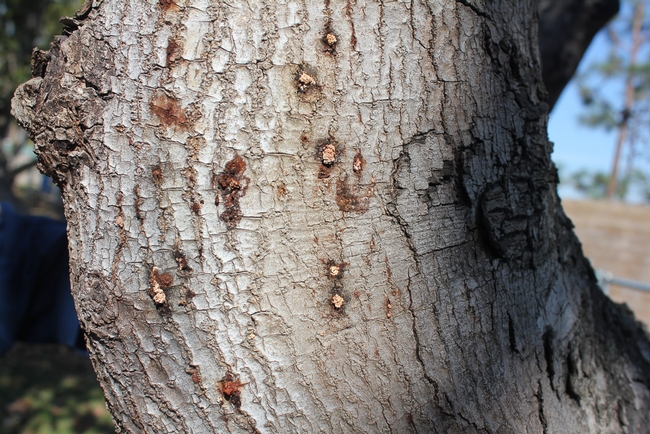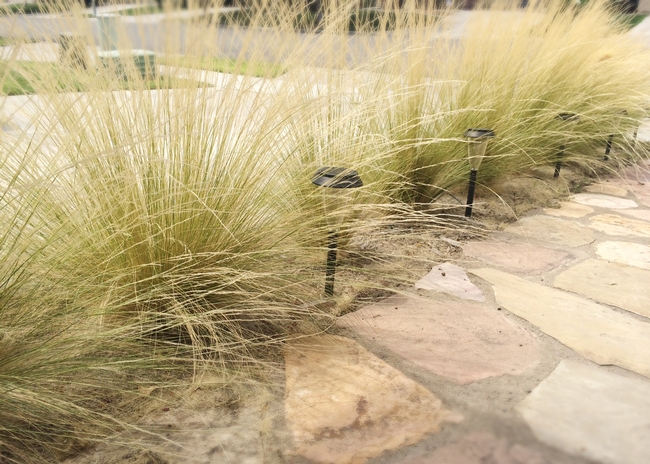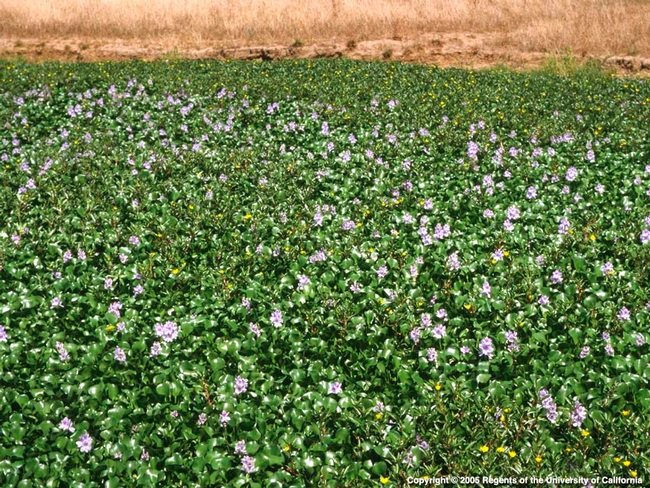
According to the Center for Invasive Species Research (CISR) at UC Riverside, “California acquires one new exotic species, on average, every 60 days. At this rate, around six new species establish in California each year. Estimated losses arising from the uncontrolled population growth of these pests amounts to an estimated $3 billion per annum.”
Exotic plants and pests can quickly turn invasive in their new environments because they no longer subject to natural predators or diseases that kept their populations under control in their native territories. Once an invasive pest starts to rapidly colonize and spread, it becomes increasingly more difficult to eradicate, causing both environmental and economic damage.
Prevention and early detection is key
The UC Master Gardener Program and its more than 6,000 volunteers play a critical role in helping stop and prevent the spread of invasive plants and pests in California through early identification and prevention.

Another of the many ways UC Master Gardeners are making a difference in early detection and prevention of invasive species is the participation in PlantRight's annual Spring Nursery Survey. Every year volunteers visit hundreds of retail nursery locations tracking the location of invasive plants being sold. The annual Spring Nursery Survey information helps the nursery industry replace invasive plants with environmentally safe alternatives.
Trusted resources and information
Since 1981, the UC Master Gardener Program has been an industry leader in extending UC research-based information about home gardening to the public. The UC Master Gardener Program's enthusiastic volunteers engage the public, share information, identify pests and recommend sustainable solutions. Contact your local program for questions about invasives by visiting mg.ucanr.edu.

So this year participate in National Invasive Species Awareness Week (Feb. 21-27) and share this information and its trusted resources like an “invasive.” Educating friends, family and neighbors is an important step in early detection and prevention!